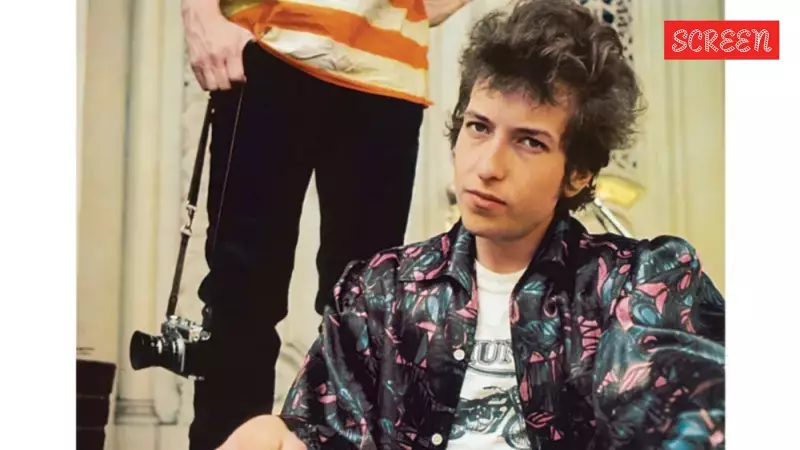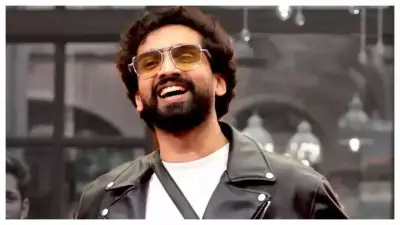
In an extraordinary twist of cultural fate, two Nobel laureates from different centuries and continents share a connection that leads straight to the heart of Kolkata. Bob Dylan, the American folk legend, and Rabindranath Tagore, Bengal's literary giant, might seem worlds apart, but their artistic souls resonate in unexpected harmony.
The Nobel Connection That Bridges Continents
Both artists achieved what few creatives ever do: the Nobel Prize in Literature. Tagore became the first non-European laureate in 1913, while Dylan shocked the literary world with his 2016 win. This shared honor highlights their transcendent impact beyond musical and poetic boundaries.
Kolkata's Surprising Role in This Cultural Tale
The most intriguing aspect of this connection lies in Kolkata's influence. While Tagore's roots in Bengal are well-documented, few realize that Dylan's artistic awakening has surprising ties to the City of Joy. The cultural milieu that shaped Tagore's work eventually echoed across oceans to influence Western artists, including the folk music revolution that Dylan came to symbolize.
Parallel Artistic Philosophies
Both masters shared remarkable similarities in their approach to art:
- Rebellion against convention: Tagore broke from traditional poetic forms while Dylan revolutionized folk music
- Spiritual depth: Their works explore profound philosophical and spiritual questions
- Musical poetry: Both created works that live equally as well on the page as in performance
- Universal themes: Their art transcends cultural and geographical boundaries
The Enduring Legacy of Two Cultural Icons
Today, the influence of both artists continues to resonate globally. Tagore's compositions remain integral to Bengali culture, while Dylan's songs have become anthems for generations. Their shared commitment to artistic integrity and social commentary created bodies of work that continue to inspire new audiences worldwide.
This fascinating cultural bridge between Kolkata and the American folk movement demonstrates how art knows no boundaries, connecting East and West through the universal language of creativity and human expression.





